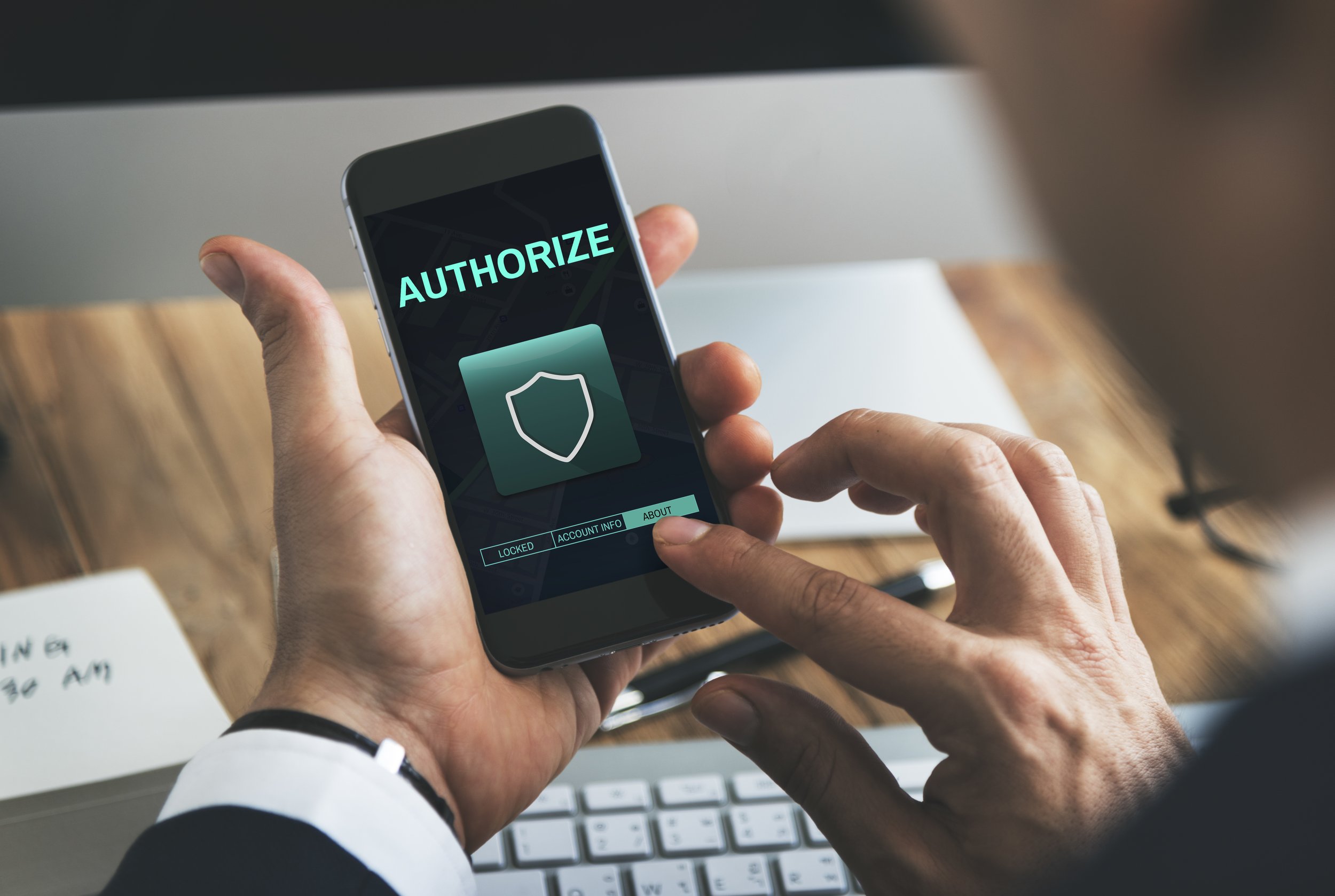Remote Working Cybersecurity Guide
Protect your people, your data, and your business — from anywhere
How to protect your people, devices and data beyond the office
As hybrid and remote working models become permanent fixtures for many organisations, so do the cybersecurity risks associated with a dispersed workforce. From phishing attacks to unsecured home networks, businesses must adapt their security posture to meet new challenges.
At Gentium Tech International, we’ve developed a clear, actionable cybersecurity guide to help your organisation stay protected – whether your teams are working remotely, on-site or in between.
1. Keep Devices Secure and Up to Date
Cybercriminals often target systems running outdated software.
Regularly update operating systems, browsers and business applications
Install and maintain trusted antivirus or endpoint protection software
Avoid third-party or unofficial software sources
Encrypt company devices and ensure remote wipe functionality is enabled
Why it matters: Software updates often include critical security patches that address known vulnerabilities.
2. Strengthen Login Credentials
Passwords are your first line of defence. Strengthen them with additional layers of protection.
Use complex, unique passwords for each application or service
Store credentials in a secure password manager
Enable Multi-Factor Authentication (MFA) wherever available
Review and remove unnecessary third-party access to sensitive systems
Tip: Consider passphrases – longer strings of memorable words – for added strength and usability.
3. Identify and Report Suspicious Activity
Phishing and social engineering remain leading causes of cyber incidents.
Avoid clicking on unexpected links or downloading attachments from unknown sources
Do not respond to unsolicited emails asking for sensitive information
Report suspicious emails as spam rather than unsubscribing
Limit what you share on social media and set strong privacy controls
Reminder: Human error is one of the most common cyber risks. Regular awareness training is essential.
4. Secure Remote Work Environments
Remote working introduces new vulnerabilities, especially when employees use unsecured networks.
Avoid using public Wi-Fi; use a secure VPN or personal mobile hotspot instead
Disable automatic connection to open networks
Do not use public USB charging stations – use a personal power bank or plug directly into a known source
Set up separate home Wi-Fi networks for work and personal devices
Best practice: Provide employees with pre-configured work devices where possible.
5. Build a Culture of Cyber Awareness
Technology alone cannot protect against all threats. Your people are a crucial part of your defence strategy.
Deliver regular cybersecurity training sessions
Run phishing simulations to test employee responses
Keep teams informed of emerging threats
Encourage a culture of transparency and quick reporting
Gentium Support: We offer tailored user awareness training and security policy development.
Final Thoughts
Remote working is here to stay, but so are the cyber threats that come with it. While no organisation can eliminate every risk, many attacks can be prevented by implementing sound practices and empowering employees with the right tools and training.
At Gentium Tech International, we help businesses assess their remote working environments, close security gaps, and build resilience through practical cybersecurity support.
Fill out our Cybersecurity Checklist here.
Talk to our team about conducting a remote access review or delivering tailored end-user training.
Follow Gentium Tech International for more guidance on reducing cyber risk across modern workplaces.



